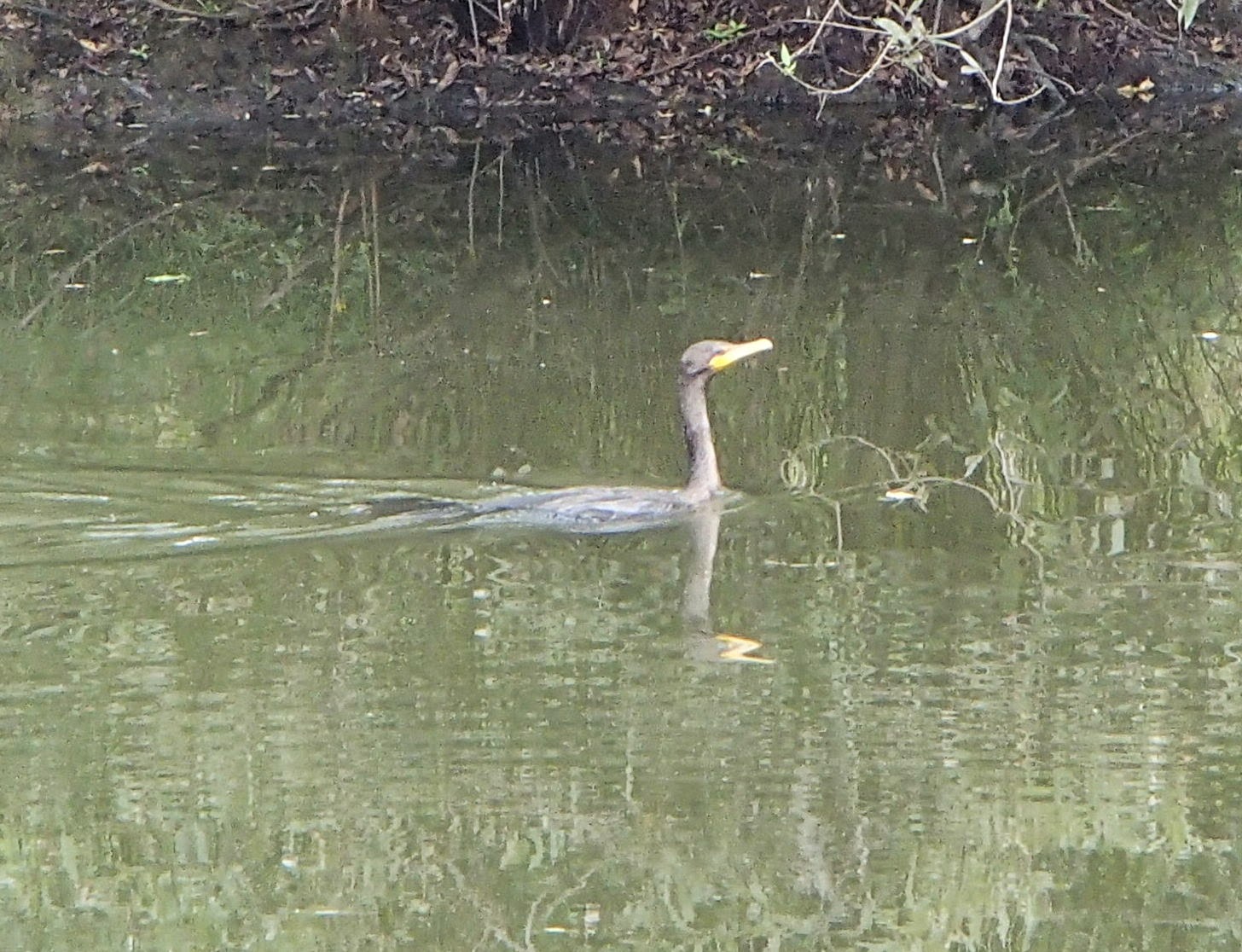This week's cold, grey and wet weather kept us indoors for a bit (and by that we also mean inside our Growing Dome). It has felt more like mid-Autumn rather than the end of Summer...thank God we did not have a freak snow storm like Calgary. As a result, we'll spend this blog entry on our Growing Dome progress.
For just over a month now, it seems we had everything under some level of control.
The Tomato plants in what we now call our "Kratky buckets" have exceeded all expectations. They seem years ahead of their raised bed counterparts. They are now well over 5 feet tall. They have been blooming for some time and quite a few heirloom Tomatoes are developing quite well.
The roots of the Tomato plant now occupy half of the bucket and the water has been topped up twice in some cases. For this, we use our fish tank water and we fill the buckets back up to 2/3 of their volume.
 |
| Healthy Growing Dome Tomato plants |
 |
| One of our many dome tomatoes now ripening |
 |
| Hot Peppers are ripening |
 |
| A bounty of bell peppers |
 |
| Originally presumed dead, the yellow beans are back in shape. |
So much has now gone right that we were really due for a nasty surprise. It came this week, courtesy of our fish...once again.
It seems that plants are a lot more forgiving than animals.
One morning we arrived to feed the fish and found very little interest in our food pellets. By the end of the day, half our fish were floating on the surface of the water. By the next morning, it looked like the other half had succumbed as well.
 |
| Another tragedy...a dead Rock Bass (one of many) |
The acidity of the water looked fine (the PH has not changed and is similar to our ponds).
Once again we were forced to consider aeration. This time, we have been keeping to a schedule of hydroponic pumping in the morning and aeration pumping in the afternoon. This is done manually since we hooked up both pumps to the same storage battery (which is itself recharged from a 100 Watt solar panel).
Doing this manually while we maintain our other work schedule around the farm has proven difficult to maintain. We have to admit that we were not always consistent in our timing.
It turns out that after a few hot days last week, the water temperature had climbed to above 26 degrees C. At this point not only will water be difficult to aerate, but Bass will become highly stressed. Adding a delinquent aeration cycle to the mix and the result is a lot of dead fish.
Since the new solar panel and battery system are working out really well, it is definitely time to consider rigging up an automated controller.
In the hope of keeping our plant/fish ecosystem balanced, we decided to go back to our fishing pond to catch a few more fish. To our dismay, we were faced with a Comorant. These birds are not only big fish eaters (upwards of 1 pound a day), but their feces are also deadly to trees and brush.
 |
| A Double Crested Cormorant dashed all hopes of catching more fish for the Dome. |
This species of Cormorant is the Double Crested Cormorant. In the past, this is not something you would normally see in the Great Lakes region, however it has now become quite a regular site in the area.
For us, it was an indication that we would not do well in our fishing exploits. We were right. Since sighting that bird, we do not even get a single bite on our lines.
We do have a tinge of hope however. Since the recent death of some 22 fish, we noticed that our Dome's Duckweed was still under control (normally it would double in coverage every 36 hours or so).
What we discovered is that there are at least two reasonably sized fish in our tank. We had stopped throwing feed in the tank and they had resorted to eating the Duckweed. Not only that, but we have now seen tiny fish at the surface of the water (could they have multiplied?).
When stocking a tank with schools of fish, it is not easy to count them. With the dark waters of our tank (caused by the Humic Acid), we cannot really see what is left in there. However, somehow, we definitely have created some sort of aquatic ecosystem over which it seems we have little control.
We do not know how the water temperatures will change in the Winter, however having no control over temperature is presenting a real challenge in defining the species of fish we use. In the long run, we are still considering the Catfish...perhaps the hardiest of all edible species.
We'll close this week's entry with foraging. It was time to go back to our Carolinian forest and look for one of our favourite foods: the Hickory nut. They have started to fall and we were determined to get our fair share from the squirrels and chipmunks.
 |
| A nice basket of Hickory nuts |
The Hickory nut is small and hard to crack open, but it is worth every effort. Our aim is to turn these nuts into a seasonal Hickory nut pie.
No comments:
Post a Comment